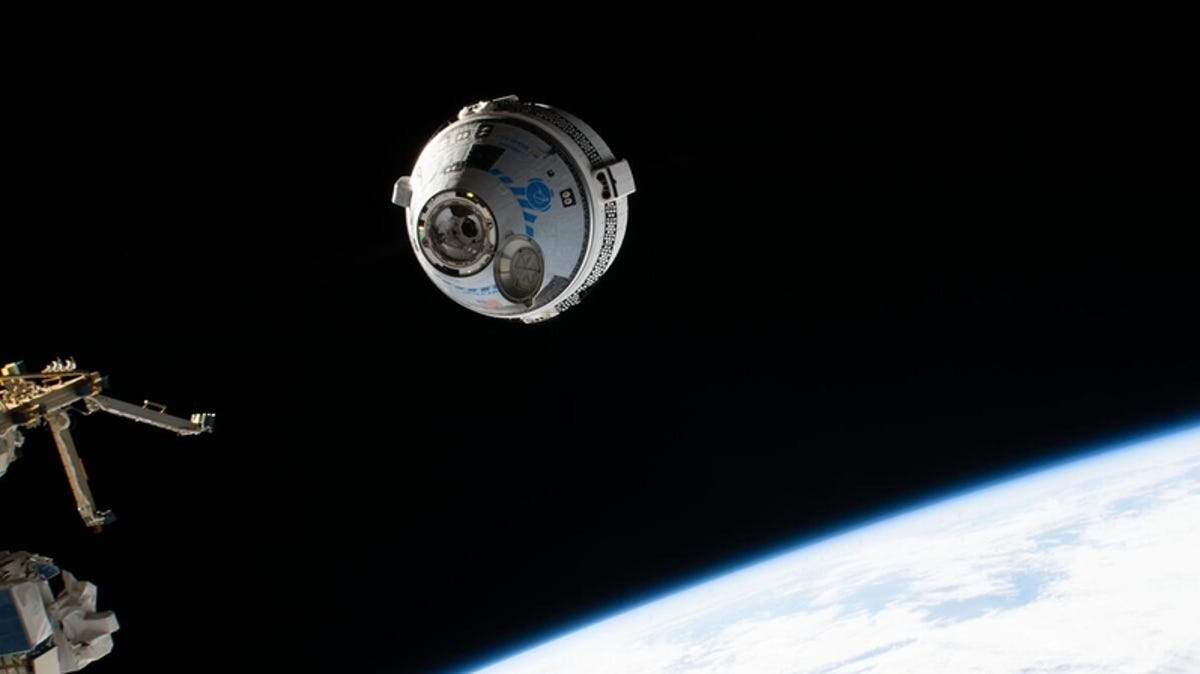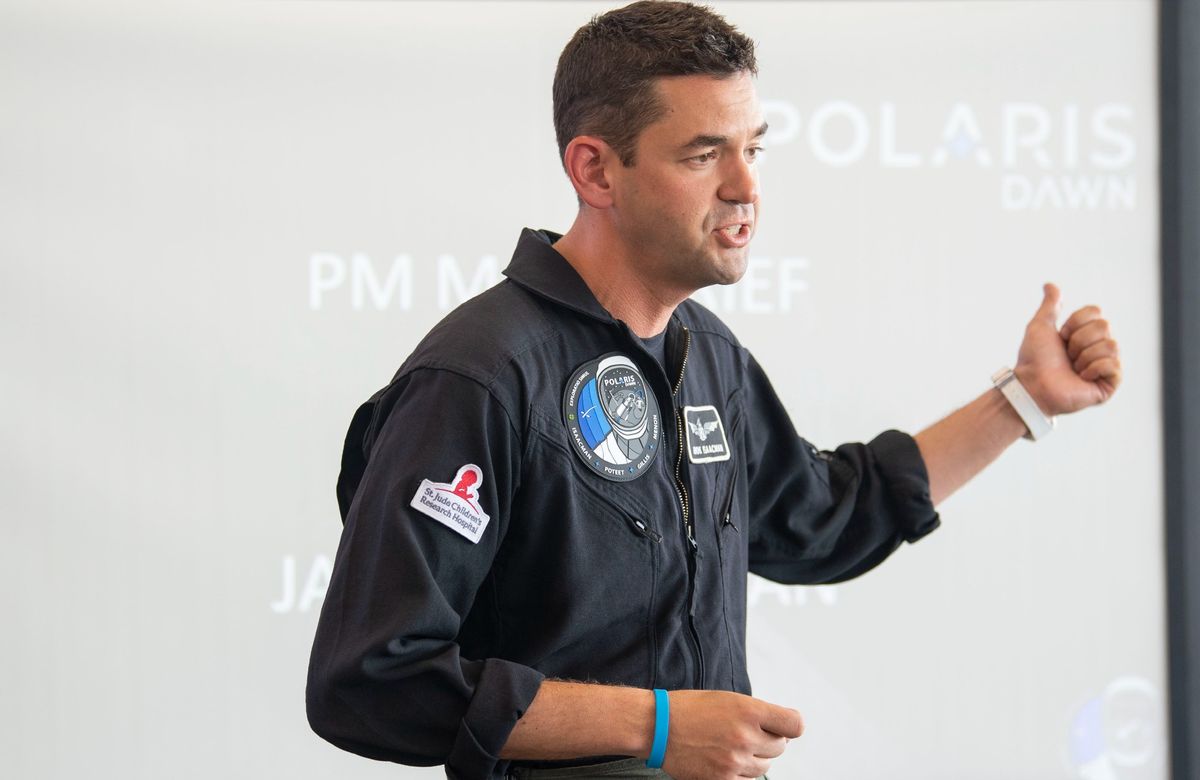
SpaceX completed the first pair of planned Falcon 9 launches Thursday, hours after it worked with NASA to reposition its Crew Dragon spacecraft aboard the International Space Station. First launched were Maxar Space Systems' WorldView Legion satellites.
Liftoff from Space Launch Complex 4 East (SLC-4E) at Vandenberg Space Force Base is scheduled for 11:36 a.m. PDT (2:36 p.m. EDT, 1836 UTC), the opening of a 14-minute window.
The first stage booster supporting the mission, B1061, launched for the 20th time, becoming the third booster to achieve this milestone. It has previously launched two space missions (Crew-1 and Crew-2), two small sat rideshare missions (Transporter-4 and Transporter-5) and nine Starlink missions.
Approximately 8.5 minutes later, B1061 touched down at Landing Zone 4 (LZ-4). This is the 18th landing at LZ-4 to date and the 303rd booster landing for SpaceX.
Last week, SpaceX said it was in the process of qualifying its Falcon boosters for 40 flights.
We are working to qualify our Falcon boosters and fairings to support 40 missions each. Increasing the Falcon's flight count provides valuable information about repeatability, a key component of making life multiplanetary with starships.
— SpaceX (@SpaceX) April 28, 2024
Here I see you, Earth
A pair of WorldView Legion satellites on Falcon 9. These are the first two of a planned six-satellite constellation for Maxar. Once these six Earth-observing satellites are in orbit, they will allow Maxar's customers to replay views of a particular location up to 15 times a day.
The company's current satellites in orbit can revisit a site twice a day.
Maxar's WorldView Legion satellites are the first of the company's Maxar 500 Series satellite buses. They are described as « a medium-sized platform that can be tailored to a variety of missions and orbits. »

« The WorldView Legion and Maxar 500 Series platform are the culmination of decades of experience building satellites for customer missions, » Maxar Space Systems CEO Chris Johnson said in a statement. « We are excited to reach this important project milestone and look forward to our continued partnership on the project. »
The company partnered with Raytheon Missiles and Defense to develop the instrument package on the satellite. It can see Earth with what Maxar describes as « 30 cm-class images. »
« While the multispectral bands are similar to what our current satellites offer, what's new about WorldView Legion is that our teams have more control over how to expose each band individually, » Makser said in a statement. « These improvements allow customers to use our satellite images to more easily determine what objects are on the ground. For example, we can more easily distinguish between what is vegetation and what is man-made. These improvements reduce sensitivity to water vapor. »
Maxar is marketing its technology as a way to augment other US national defense assets in orbit. It points to its ability to monitor « the development of nuclear and ballistic missile capabilities in North Korea and Iran, » as well as providing what it calls Vessel Detection Services (VDS).
Only 24 hours until the launch of our first two WorldView Legion satellites! Mission Patch gives a nod to our publishing provider, @SpaceXAnd @RTX_News, who made our tool! details: https://t.co/IuiDZPljWY#ItsSalesian pic.twitter.com/H0lPO4SNJU
— Maxar Technologies (@Maxar) May 1, 2024
Dragons and falcons fly
In addition to launching WorldView Legion satellites, SpaceX has been busy with the International Space Station and Florida.
At 8:51 a.m. EDT (1251 UTC), the SpaceX and NASA crew moved Dragon Endeavor from the forward port of the Harmony module to the apical (space-facing) port. Physical separation from the ISS occurred at 8:57 am EDT (1257 UTC).
The transfer process took about an hour. A soft capture was confirmed at 9:46 am EDT (1346 UTC).
Meanwhile, another SpaceX team was preparing to launch a cluster of Starlink satellites on another Falcon 9 rocket from the Cape Canaveral Space Force Station. The Starlink 6-55 mission is set to be the 30th dedicated flight for SpaceX's growing low-Earth orbit constellation.
The @SpaceX #Dragon The crewed spacecraft is targeted for reconnection to a new station port at 9:41 a.m. ET today. Watch Live… https://t.co/qpyi2M3CpV pic.twitter.com/zNtsuAkY8Y
— International Space Station (@Space_Station) May 2, 2024

/cdn.vox-cdn.com/uploads/chorus_asset/file/24007927/acastro_STK119_Peleton_01.jpg)




